
It’s accepted that regular exercise and keeping active are important to human health. This also applies to children under five — in fact it’s incredibly important during this crucial time in their development. In this article, we’ll take a look at the many benefits of exercise for the very young — and how much physical activity is recommended for toddlers and children in their early years.
 What are the Recommendations for Early Years Exercise?
What are the Recommendations for Early Years Exercise?
The UK’s National Health Service (NHS) recommends1 that children under five should engage in at least 3 hours of physical activity each day, spread out over the course of the day. They go on to say:
“Children under the age of 5 should avoid being inactive for long periods. Watching TV for hours or being strapped into a buggy for too long isn’t good for their health and development.” (NHS)
This should come as no surprise, of course, but it’s important to take on board; official guidance is likely to be based upon decades of historical health data.
Meanwhile, as cited in Downing Street’s 2017 ‘Action Plan’ to fight childhood obesity, the UK’s chief medical officers also recommended 180 minutes (3 hours) of physical activity for children under five. (CMO UK Physical Activity Guidelines). Once again the suggestion is that this should be spread out through the day.
 What are the Benefits of Early Years Exercise?
What are the Benefits of Early Years Exercise?
Exercise and physical activity in preschoolers and under-fives has many benefits. These include:
- Firstly, it’s great fun for children! Indeed, energetic games and activities for young kids should be seen as an essential part of childhood.
- It helps build up muscle strength and fitness.
- It helps children to develop stronger bones.
- Right from birth, physical activity and movement are significant in the creation of nerve connections in the brain
- It naturally burns off calories that have been consumed by children through food/drink intake. This is particularly important if they have been ingesting superfluous calories or less-than-healthy things like sweets, sugary drinks or fatty junk food (although it’s best to avoid those, of course).
- Regular exercise, in tandem with healthy eating, thereby helps children to maintain healthy weights and body mass indices. This is important because overweight youngsters are more prone to become overweight adults. It’s therefore an excellent approach to nip any weight problems in the bud, at this early age.
- Avoiding weight problems through regular physical activity — and healthy, balanced eating — also helps reduce the likelihood of heart disease, strokes and high blood pressure later in life.

- Active play helps to improve social skills, behaviour and confidence in children.
- Attention levels can also be seen to improve.
- Regular exercise also helps children’s quality of sleep.
- Physical activity helps the young to improve coordination and motor/movement skills.
- It also helps to improve children’s moods and dispositions.
So, all in all, active play, physical activities and exercise are of huge benefit to children’s physical health and mental wellbeing.
Startling Facts
“One in five children are already overweight or obese before they start school” (NHS)
“[Only] one in ten children aged two to four meets the UK chief medical officers’ physical activity guidelines for this age group.” (NHS)
 How Parents can Help
How Parents can Help
When at home, away from nursery or pre-school, parents can also encourage children to stay physically active so as to maintain their 180 minutes of active play each day. As well as all the usual activities that can be encouraged (football, netball, tag, formal exercise etc.) there are a number of excellent resources available for additional ideas. For example, Change 4 Life have a handy resource of physical activity-based games that young children can play. Even better, they’re inspired by characters from Disney and Pixar, so are going to prove very popular among the young. The character-based games are sure to inspire children to get active and have fun at the same time. Choose a game to see how it works.
“Remember, if you’re concerned about your child’s weight then your GP, practice nurse, school nurse or health visitor can give you help and advice.” (NHS advice)
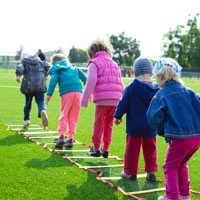 Active Play & Exercise at Little Cedars Day Nursery, Streatham
Active Play & Exercise at Little Cedars Day Nursery, Streatham
As one of the key focuses of the Early Years Foundation Stage (EYFS) framework, physical development is at the core of the curriculum at Little Cedars Day Nursery. As such, children of all ages are encouraged to exercise through active play, every single day. Children are encouraged to be physically active via a variety of well thought-out physical activities and challenges, as appropriate for their particular age group. This is all carefully orchestrated and supervised by the staff and ‘Key Person’ allocated to each particular child. A whole myriad of high quality facilities, interactive equipment and toys also help to ensure that every child has a varied range of activities to enjoy. They have immense fun while their brains, minds and bodies develop along the way.
Nursery places for babies, toddlers and children in Streatham
Are you looking for an outstanding nursery in Streatham for your child? Or perhaps you’re nearby and are looking for high quality nurseries in or near to Streatham Hill, Streatham Common, Tooting, Furzedown or Balham? If so, we currently have a few spaces left, so please do get in touch while they’re still available.

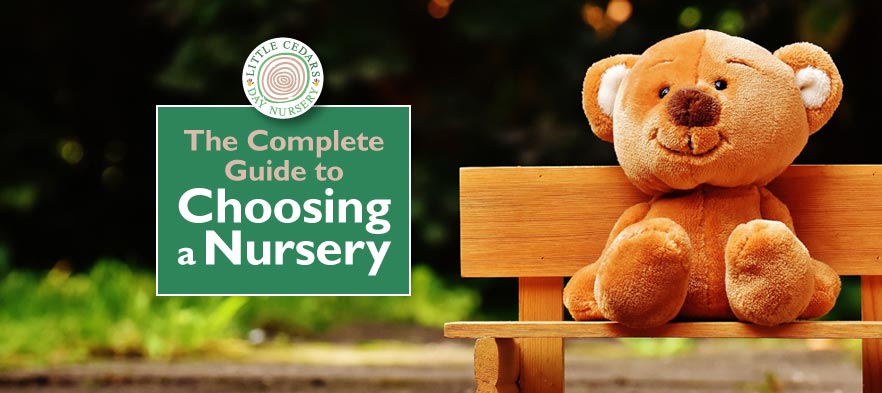
 A Convenient Nursery Location
A Convenient Nursery Location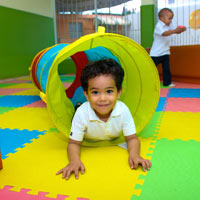 Compatible Opening Hours
Compatible Opening Hours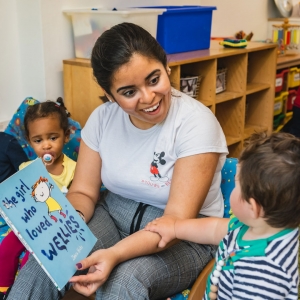 Visit the Nurseries & Ask Questions
Visit the Nurseries & Ask Questions Nursery Security & Safeguarding
Nursery Security & Safeguarding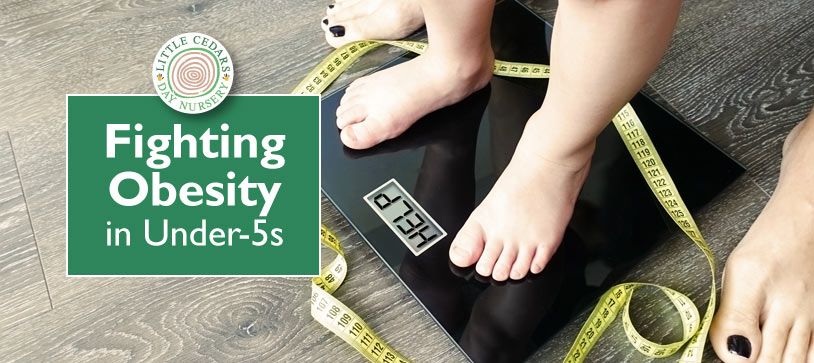
 Following on from our post last month about
Following on from our post last month about  Last month we published
Last month we published  However, regular exercise has many other potential benefits aside from the management of physical weight and body mass. These include:
However, regular exercise has many other potential benefits aside from the management of physical weight and body mass. These include: The Government launched its ten year ‘Plan for Action’ to fight childhood obesity back in 2017 and has continued to expand the scheme since then. This initiative was timely in light of the strain that obesity puts on the NHS, made only worse by the arrival of the coronavirus pandemic in 2020. As well as raising awareness of the issues surrounding childhood obesity, measures include things like the so-called ‘sugar tax’, where soft drinks are subject to a levy in order to persuade manufacturers to move towards healthier, reduced-sugar alternatives (a 20% reduction in sugar is a key aim). A similar campaign is being applied to sugar in foods, particularly those that appeal to children. For example, biscuits, confectionery, breakfast cereal, cakes, ice cream and suchlike. The aim is to eventually set caps on the amount of sugar and/or calories per 100g of product. Public Health England (‘PHE’) will monitor manufacturers’ responses to their campaigns and will apply additional “incentives” to improve should they be found wanting as time progresses.
The Government launched its ten year ‘Plan for Action’ to fight childhood obesity back in 2017 and has continued to expand the scheme since then. This initiative was timely in light of the strain that obesity puts on the NHS, made only worse by the arrival of the coronavirus pandemic in 2020. As well as raising awareness of the issues surrounding childhood obesity, measures include things like the so-called ‘sugar tax’, where soft drinks are subject to a levy in order to persuade manufacturers to move towards healthier, reduced-sugar alternatives (a 20% reduction in sugar is a key aim). A similar campaign is being applied to sugar in foods, particularly those that appeal to children. For example, biscuits, confectionery, breakfast cereal, cakes, ice cream and suchlike. The aim is to eventually set caps on the amount of sugar and/or calories per 100g of product. Public Health England (‘PHE’) will monitor manufacturers’ responses to their campaigns and will apply additional “incentives” to improve should they be found wanting as time progresses.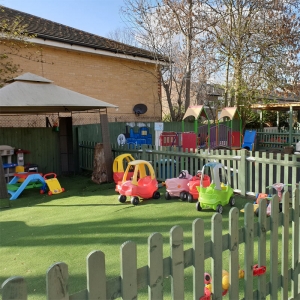 At Little Cedars Nursery in Streatham, we take physical development of children very seriously, so physical education is something that all children have available to them. All children are encouraged to be active, and interactive, so as to remain fit and to be able to hone their physical and motor skills. Indeed, this is a core element of the Early Years Foundation Stage (EYFS) framework that forms the basis of our curriculum.
At Little Cedars Nursery in Streatham, we take physical development of children very seriously, so physical education is something that all children have available to them. All children are encouraged to be active, and interactive, so as to remain fit and to be able to hone their physical and motor skills. Indeed, this is a core element of the Early Years Foundation Stage (EYFS) framework that forms the basis of our curriculum.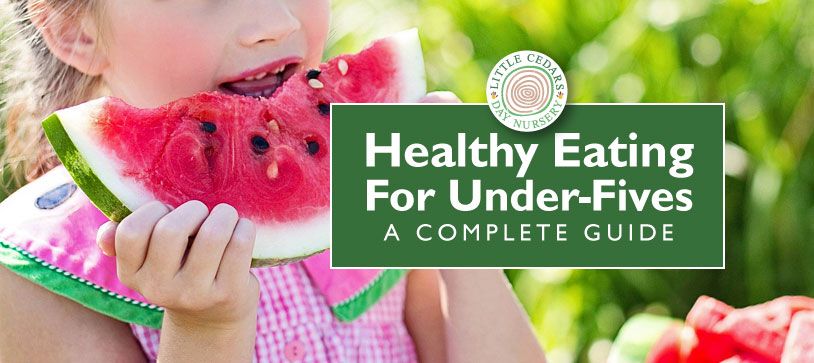
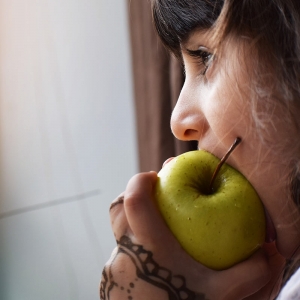 With families living busy lives these days, it’s not always easy to provide the very best nutritious meals for children. This is compounded by an abundance of ready meals and convenience food available in shops and advertised everywhere. However, healthy, balanced diets are incredibly important for children in their early years. Adopting a healthy diet early on can mean that some diseases associated with later life can be avoided. Healthy food also has other beneficial effects on growing children including sustained energy levels, improved cognitive activity, the evening out of a child’s moods, help with mental wellbeing and maintaining a healthy weight.
With families living busy lives these days, it’s not always easy to provide the very best nutritious meals for children. This is compounded by an abundance of ready meals and convenience food available in shops and advertised everywhere. However, healthy, balanced diets are incredibly important for children in their early years. Adopting a healthy diet early on can mean that some diseases associated with later life can be avoided. Healthy food also has other beneficial effects on growing children including sustained energy levels, improved cognitive activity, the evening out of a child’s moods, help with mental wellbeing and maintaining a healthy weight.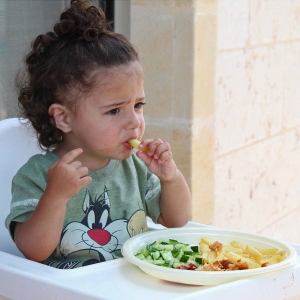 Make sure you give the
Make sure you give the 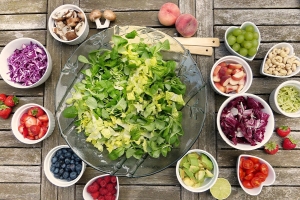 Childhood obesity is a growing problem in the UK, with nearly a third of children aged two to fifteen being overweight or obese. What’s more, data shows that children are becoming overweight at ever-earlier ages and are generally eating less fruit, vegetables, oily fish and fibre than is recommended. The lack of a varied diet will leave children lacking in some essential vitamins and minerals. This is all of major concern. Obesity alone can lead to health issues in later life such as diabetes, heart problems, high blood pressure and even cancer. It may also lead to bullying and self-consciousness which may adversely affect a child’s self-esteem and mental wellbeing.
Childhood obesity is a growing problem in the UK, with nearly a third of children aged two to fifteen being overweight or obese. What’s more, data shows that children are becoming overweight at ever-earlier ages and are generally eating less fruit, vegetables, oily fish and fibre than is recommended. The lack of a varied diet will leave children lacking in some essential vitamins and minerals. This is all of major concern. Obesity alone can lead to health issues in later life such as diabetes, heart problems, high blood pressure and even cancer. It may also lead to bullying and self-consciousness which may adversely affect a child’s self-esteem and mental wellbeing.
